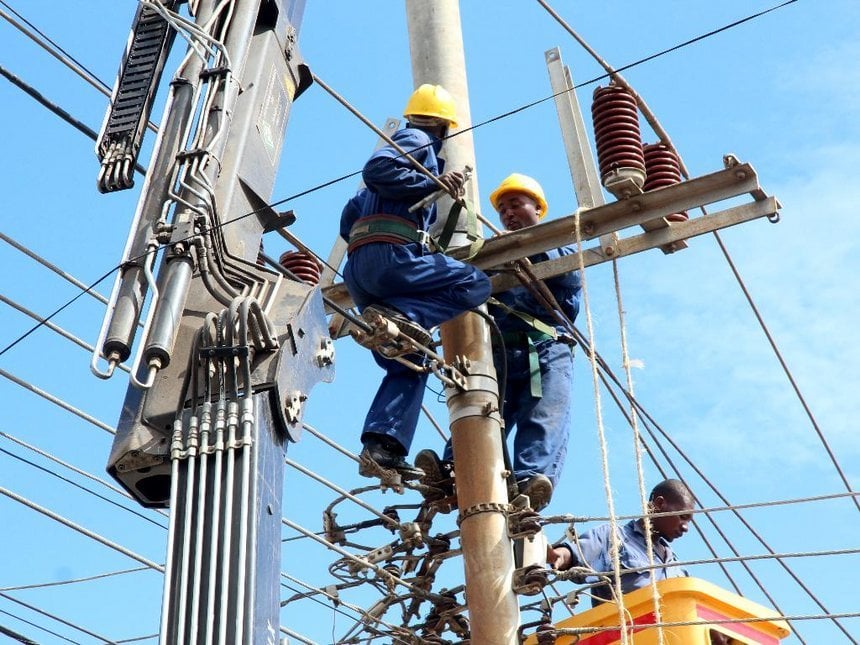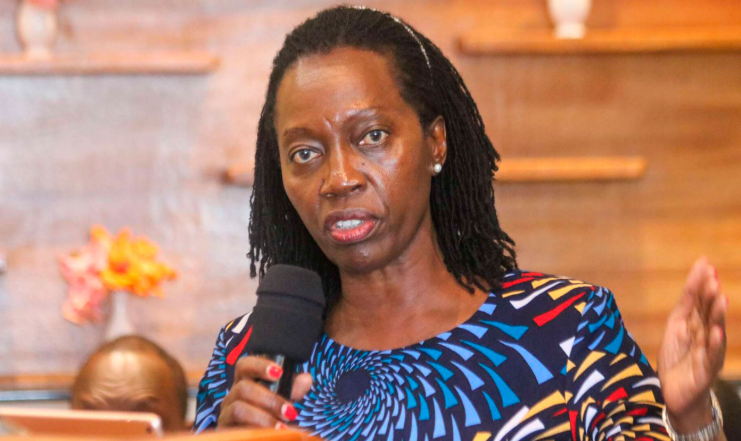The Kenya Power and Lighting Company (KPLC) has revealed that domestic tariff categories affect the amount of electricity units consumers receive.
In a notice on Monday, July 14, the utility company explained that domestic electricity consumers are grouped into three different tariff categories based on their monthly electricity consumption.
“Ever wondered why the same amount of money buys you fewer electricity units than it used to? Your tariff category might be the reason! Kenya Power groups customers into different tariffs, based on their monthly consumption patterns,” KPLC stated.
The company explained that the Domestic 1 tariff (lifeline customers) is designed for customers who spend below 30 units per month.
Customers under this category enjoy a rate of Ksh12.23 per unit, exclusive of taxes and levies.
Read More

According to KPLC, the lifeline tariff is aimed at making electricity more accessible and affordable for households with minimal power needs.
“This lifeline tariff is designed to make electricity accessible for households with minimal power needs. By maintaining your usage under 30 units monthly, you can benefit from this lower rate and manage your electricity expenses more effectively,” the company explained.
Customers who spend between 30 and 100 units a month have been placed in the Domestic 2 tariff (ordinary).
These customers are charged a higher rate of Ksh16.45 per unit, also exclusive of taxes and levies.
The domestic 3 tariff is for customers who use between 101 and 15000 units in a month. These customers are charged Ksh19.02 per unit, exclusive of taxes and levies.
Further, KPLC said tariff categories are determined based on average electricity consumption over three consecutive months.
“Your tariff category is determined based on your average electricity consumption over three consecutive months, not just your current month’s usage,” KPLC added.
 and several meter token (right)-1734971076.jpg)





